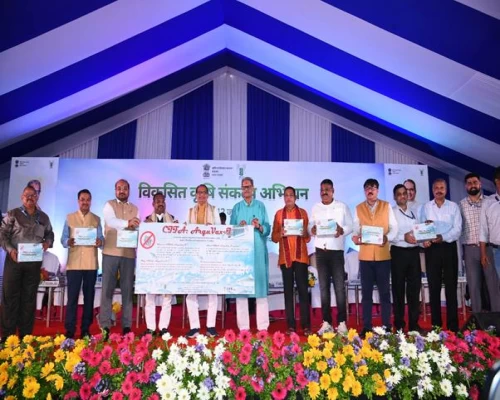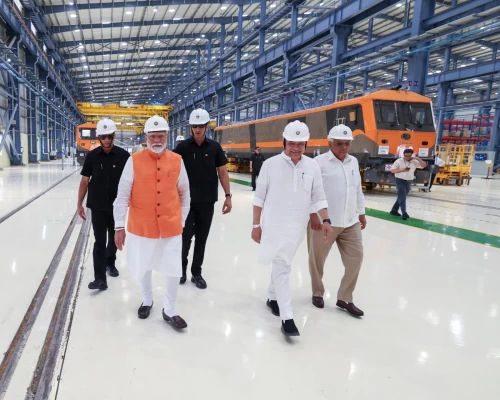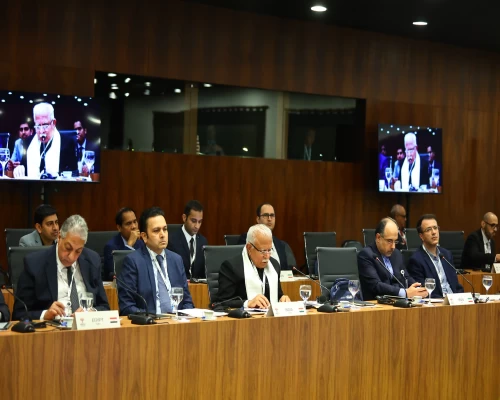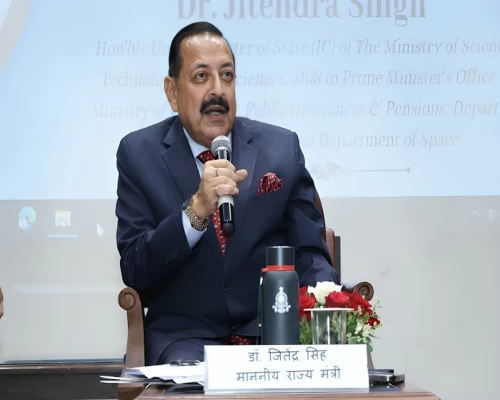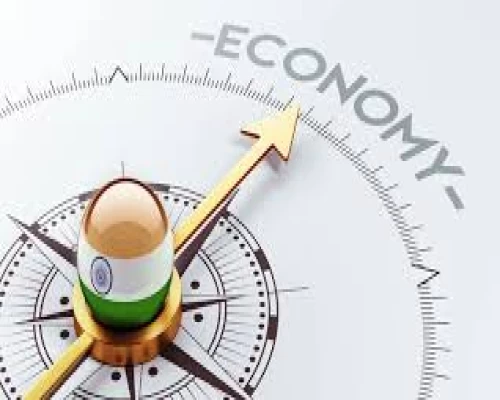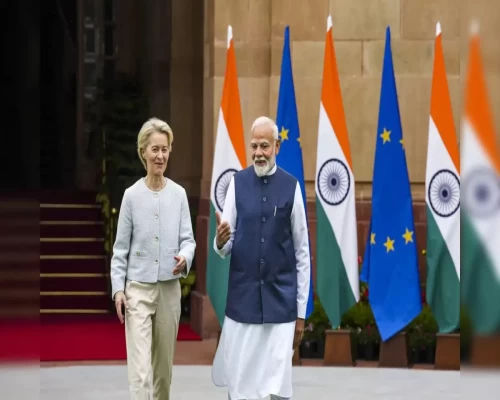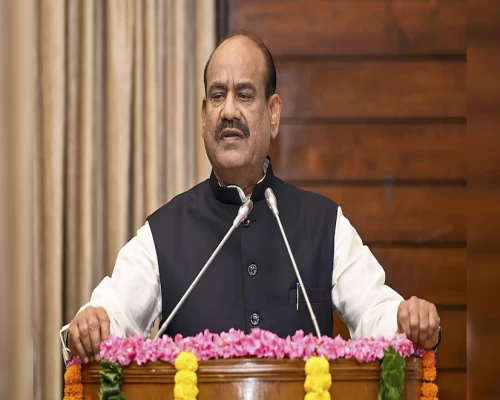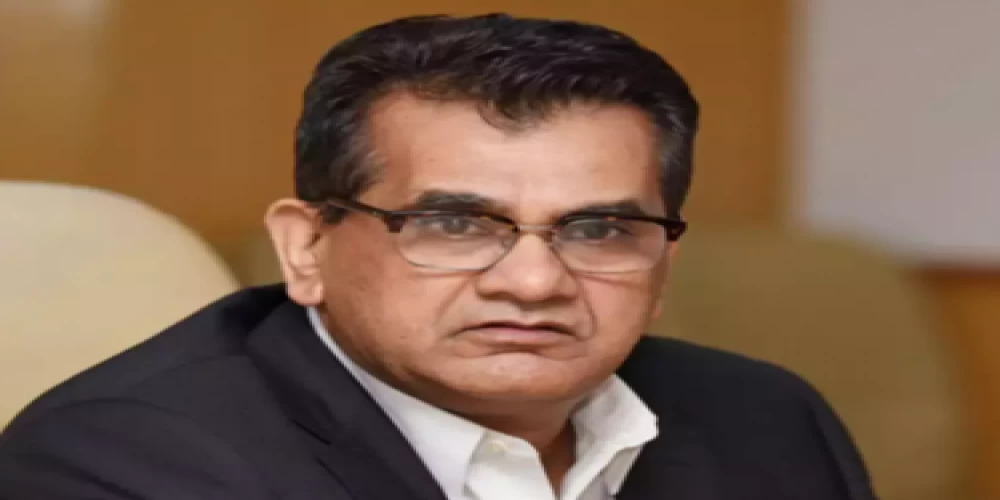
New Delhi: The cars we drive say a lot about us. As a climate conscious, new age citizen, when you start the ignition of your vehicle, are you driving towards a sustainable green future for the planet, simultaneously ensuring the safety of fellow commuters? The rapidly rising levels of global warming have given us fuel for thought. The world is on the brink of a massive climate crisis. “Human influence has warmed the climate at a rate that is unprecedented in at least the last 2000 years.” states the United Nations Intergovernmental Panel on Climate Change (IPCC).
As I write presently, a historic drought has California in its grip, forest fires ravage Greece and floods inundate China and closer home, parts of Rajasthan, UP, MP, Maharashtra and West Bengal. The global community stares into an abysmal crisis and India is one of the nations at extremely high risk. Home to 22 of the 30 most polluted cities in the world, vehicular pollution in India is responsible for nearly 30 per cent of carbon emissions making India the third largest emitter in the world. Old and unfit vehicles in India contribute significantly to air pollution emergency situations with emissions nearly 6-7 times more than new vehicles.
India has witnessed a phenomenal boom in the automobile sector, recording nearly 2.1 crore vehicle sales in FY 2020 and an annual growth rate of 9.4% in the last two decades. Till date, there are nearly 33 crore vehicles registered in India. So, essentially a vehicle registered in the 1950s may still be ‘registered’ with the Road Transport Authorities. Two wheelers constitute the largest chunk, accounting for about 75 per cent of all vehicles, followed by Cars/ Jeeps/ Taxis occupying the second largest segment at about 13 per cent. The vehicle scrappage policy is a first of its kind, institutional mechanism to de-register any vehicle.
As per the VAHAN database of the Ministry of Road Transport & Highways, there are about more than one crore vehicles which do not have a valid fitness or registration certificate. The vehicle scrappage policy envisages creating a mechanism to retire “end of life vehicles”. These are vehicles which are no longer fit to be driven on roads and have high negative externalities such as pollution emission, lower fuel efficiency and safety risk for commuters. These ‘End of life’ vehicles are most appropriate for scrapping. Moreover, it is estimated that nearly 13-17 crore vehicles would reach their end of life stage in the next 10 years.
Prime Minister Narendra Modi has emphatically announced that a circular economy is going to be a key step towards addressing the ecological strain on our planet. The Union Government has approached the concept of a circular economy with outcome oriented zeal to maximize resource efficiency and promote zero waste, sustainable patterns of production and consumption. Scrapping of an End of life Vehicle (ELV) can generate not only ferrous and non-ferrous metals but also other materials like plastic, glass, rubber, textile, etc. which can be recycled or shredded for use as fuel for energy recovery. Recycling ELVs will create a shift towards usage of renewable resources as well as reducing waste volumes.
During the global economic recession in 2008-09, Cash for Clunkers and the Car Allowance Rebate System (CARS) were similar initiatives by the American federal government. Financial incentives were provided to owners of old and fuel-inefficient vehicles, to trade their automobiles for newer more fuel efficient options. The European Union generates approximately 9 million tonnes of ELVs every year. Producers have been imparted the responsibility for treatment of ELVs. Similarly, treatment of ELVs was identified as a major challenge in Japan with approximately 5 million automobiles taken off the roads annually. Many developed countries have adopted circular economy principles to ensure optimal utilisation of ELVs as a resource for future automobile manufacturing. The Vehicle Scrapping policy of the Indian government is very much in tandem with these global best practices.
Mayapuri in Delhi, Kurla in Mumbai, Pudhupettai in Chennai, Mallick Bazaar in Kolkata, Jawahar Auto Nagar in Vijayawada, Auto Nagar in Guntur - are examples of huge vehicle scrapping ecosystems in urban areas across India. At present, there exists an unorganised informal market for vehicle scrapping in India. This unorganised sector value chain is highly unstructured, labour intensive and non-environment friendly. Moreover, since the informal sector uses crude methods for dismantling and recycling, the full value of high-strength steel alloys and recovery of precious metals is not realized. The informal and unorganised vehicle recycling sector mainly consists of traders, dismantlers, scrap dealers and recyclers. The new vehicle scrapping policy of the Union Government will transform the unorganised market and bring many informal sector workers into the ambit of the formal sector.
A study undertaken by the Ministry of Road Transport & Highways, to evaluate and understand the existing operations of these scrap yards, established them as common open areas shared by multiple mechanics and repair shops. Vehicles are primarily sourced from brokers, used car dealers, private bus/ taxi operator associations or mechanic shops and, at times, even stolen vehicles are dismantled here. Brokers typically source from auctions through vehicle finance companies, insurance companies and police departments. Vehicle dismantling is a purely manual process employing about 3-4 people with no special machinery used for dismantling parts.
The government’s vehicle scrapping policy aspires to augment investments towards setting up of automated fitness testing centres which will be state of the art facilities checking the ‘road-worthiness’ of vehicles. These centres will be set up on a public private partnership model by state governments, private sector firms, automobile manufacturers and others. This will undoubtedly generate huge employment opportunities. Alongside, large investments in setting up scrapping centres across the country are also in the pipeline. This too will lead to the creation of employment opportunities across the value chain.
The scrappage policy intends to incentivize owners of old vehicles (which are over 15 years old) through seamless de-registration of scrapped vehicles and provide a certificate of deposit. This certificate can be redeemed for buying new vehicles and the customer will get a full waiver of registration fees. Along with this, MoRTH has issued a draft notification for up to 25 per cent rebate on road tax for personal vehicles and up to 15 per cent rebate for commercial vehicles.
Industry bodies like the Society of Indian Automobile Manufacturers (SIAM) have also come forward to support this initiative. MoRTH has issued an advisory to SIAM for five per cent discount on new vehicles purchased against scrapped vehicles. The policy also seeks to increase re-registration fee for private vehicles older than 15 years along with increasing the fitness certification fee for commercial vehicles older than 15 years. States have been advised to levy a ‘Green Tax’ on older polluting vehicles. Andhra Pradesh, Telangana, Karnataka, Maharashtra and Uttar Pradesh have already initiated steps in this direction.
This policy is also going to aim at monetary gains for the user. According to an internal analysis, car users and truck users are set to unlock monetary benefits worth Rs 8 lakhs and Rs 20 lakhs respectively over a period of five years. At a macroeconomic level, this policy will be a game-changer in terms of creating demand for newer vehicles. In the post-Covid scenario, automobile sales have experienced a 14 per cent plunge. This policy, by way of retiring older vehicles, will boost manufacturing, generate demand for newer automobiles for commuters and snowball the annual turnover of the industry by 30 per cent in the coming years.
It is only through the process of unshackling from the old that we can make room to usher in a new era for Indian mobility, a future that is climate conscious, pedestrian and commuter friendly and technologically enabled. The Union Government’s Vehicle Scrapping Policy or the Voluntary Vehicle Fleet Modernization Program is going to be a groundbreaking step towards transitioning from a linear to a circular economy. It will greatly mitigate air pollution risk in Indian cities, boost the economy, modernise the automobile sector and fuel demand. Most significantly, the policy will be a true driver towards making Indian roads a safe space for many generations of citizens to come. /PIB/





